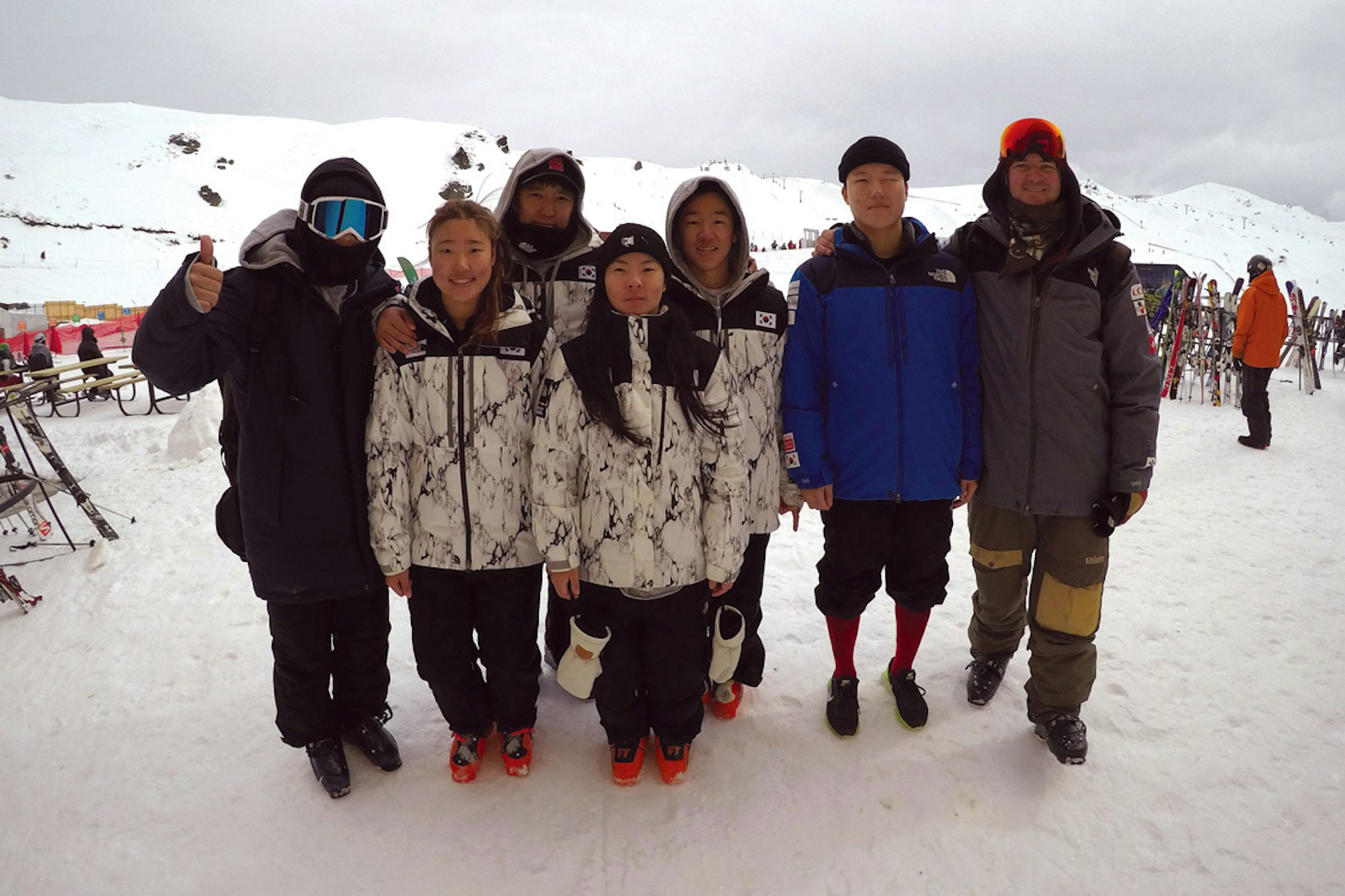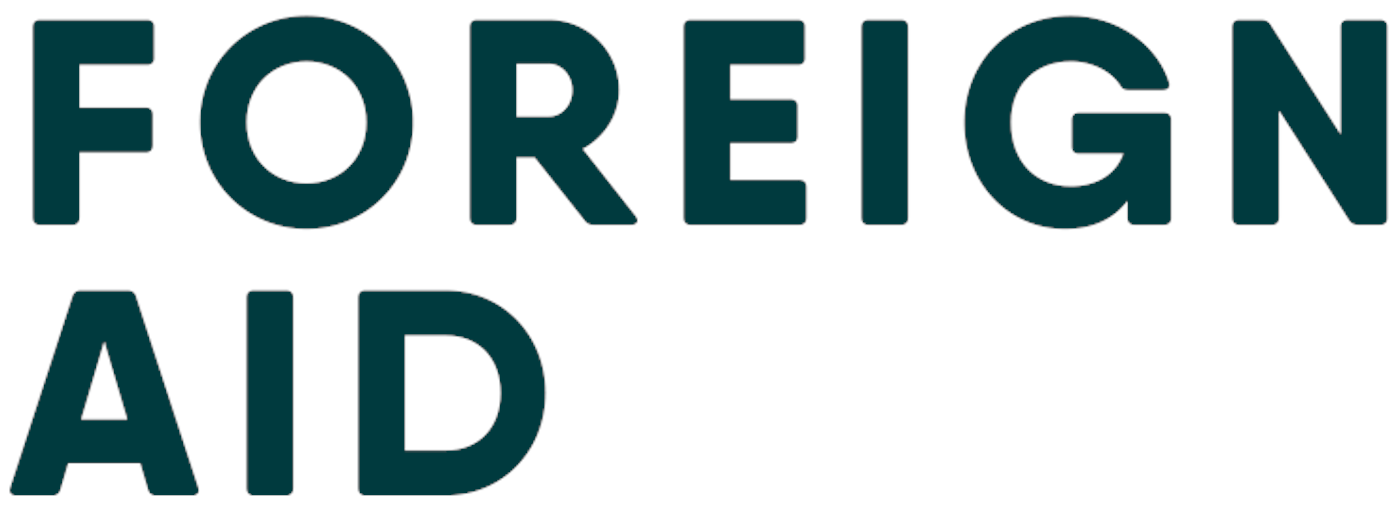
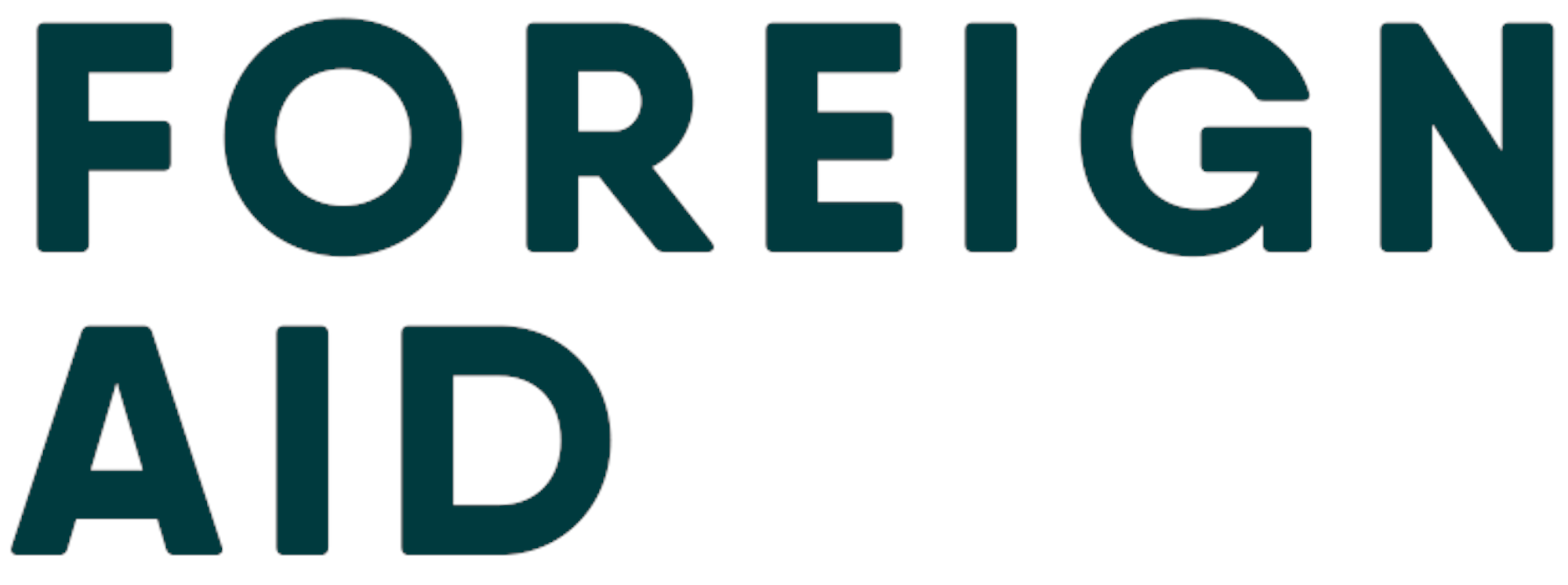
Just 50 miles south of the Demilitarized Zone (DMZ) separating North and South Korea, the rural, mountainous county of PyeongChang will host the second-ever Olympic skiing slopestyle and halfpipe competitions between February 17-22, 2018. The XXIII Olympic Winter Games will mark the first Winter Olympics held in Asia outside of Japan, South Korea’s eastern neighbor with an established ski industry that cites more than 30 million skier visits per year, compared to South Korea’s 4.9 million. Korea’s Taebaek Mountains are smaller than Japan’s ranges and accumulate less natural snow, but the New York Times called South Korea’s skiing infrastructure the best in Asia and many of its 19 ski areas—some with amusement park-style base areas—stay open 20 to 22 hours a day, closing only to groom. But the country’s freeskiing culture is still in its infancy. In 2014, South Korea sent just one athlete to the inaugural Olympic ski halfpipe competition in Sochi, without a coach, and without expectations of the skier passing the qualifying rounds. With the ski world descending on PyeongChang, the South Korean Ski Association knew it needed to recruit a freeski coach.
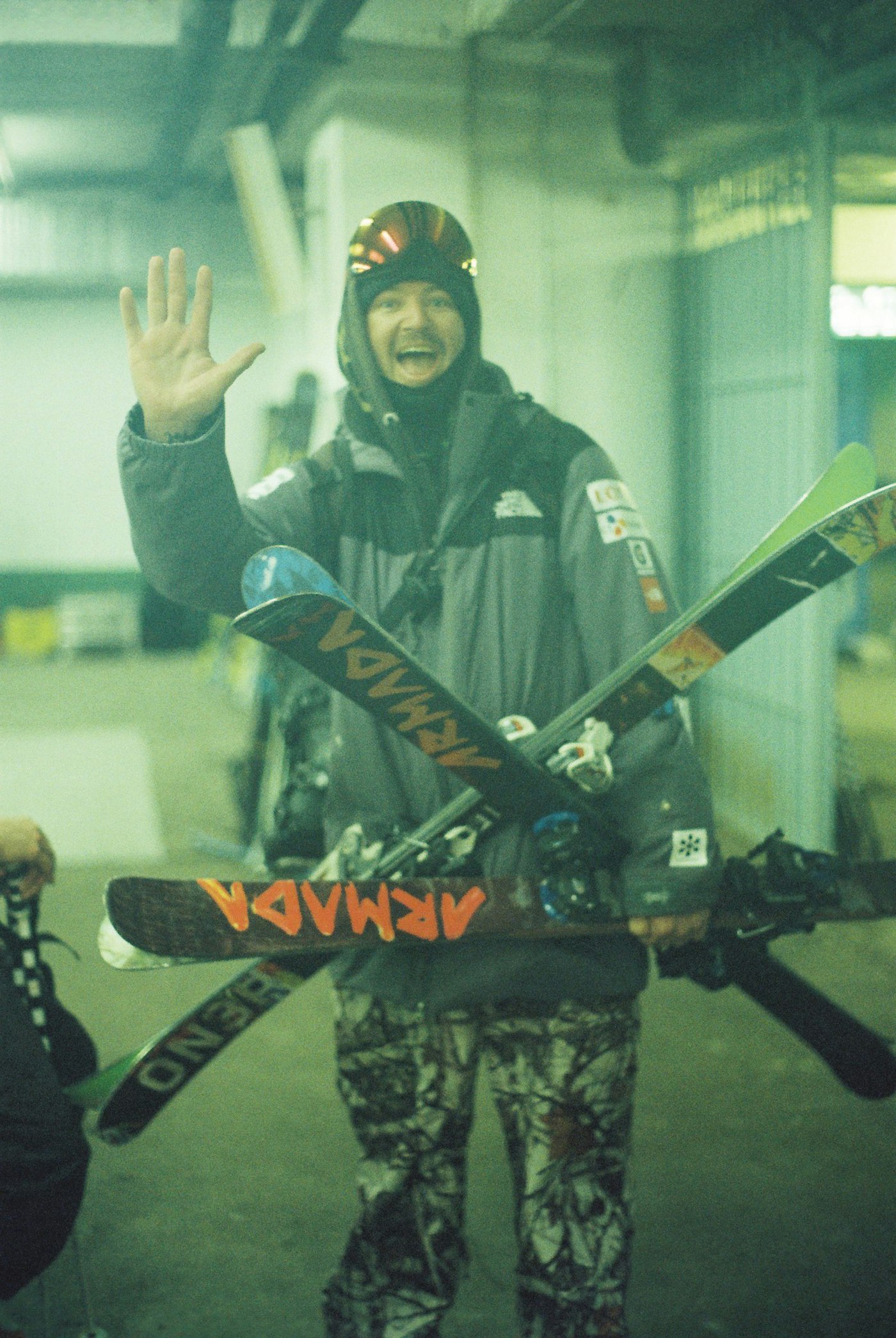
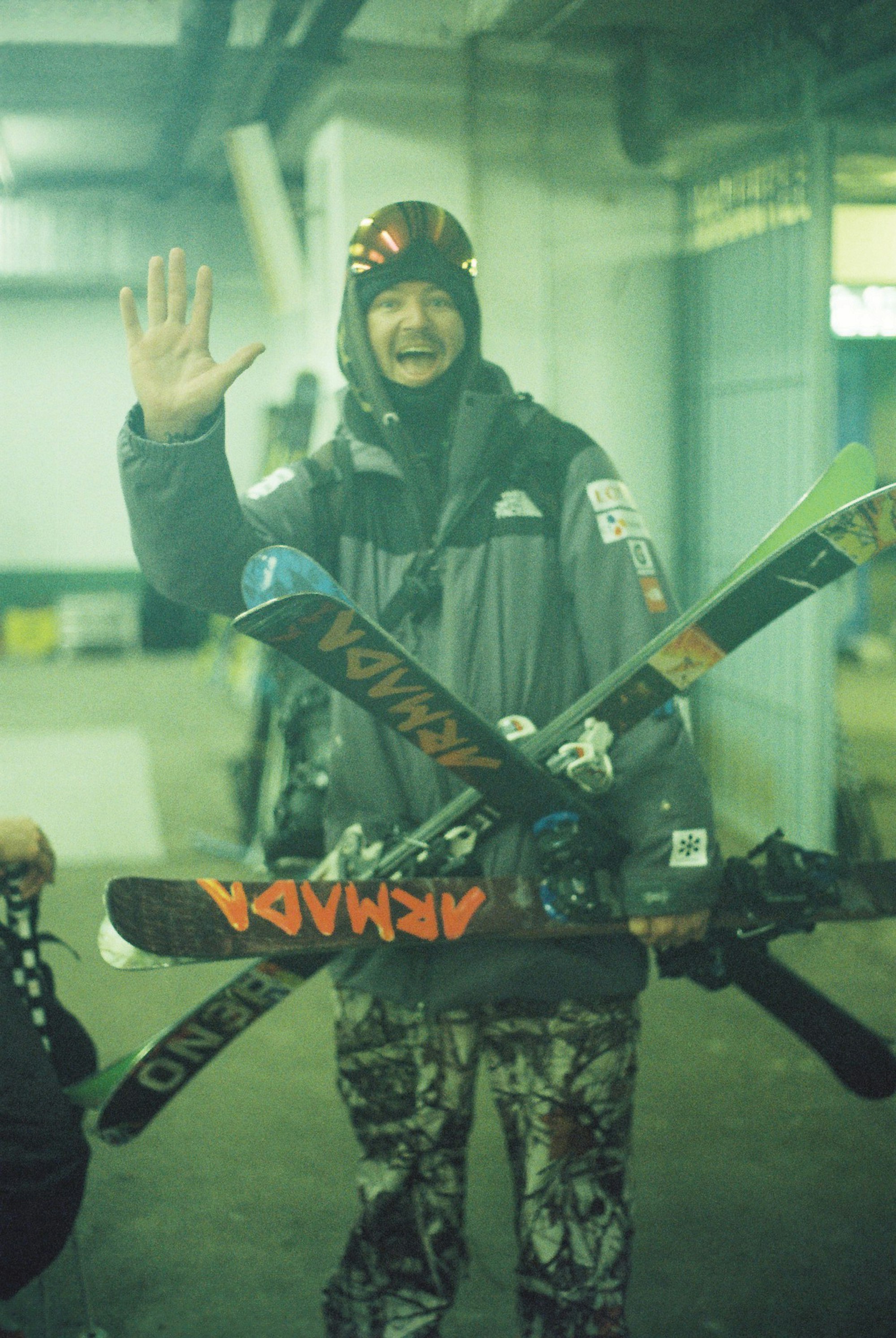
Michael Spencer, Wasserman Media Group’s VP of Action Sports and Olympics, and the sports agent who represents 2014 Olympic silver medalist in slopestyle, Gus Kenworthy, among others, offered only one recommendation: Aspen, Colorado-native Peter Olenick. The 2010 X Games ‘High Air’ gold medalist, eight-time X Games competitor and former world record holder for highest air out of a halfpipe had retired from competition and was coaching for the Aspen Valley Ski and Snowboard Club. Olenick’s coaching experience dates back to childhood, when he counseled his would-be pro skier siblings, Michael and Meg Olenick; he continued to coach his brother and sister even at the highest levels of the sport.
“When we were both competing in X Games he would come straight from his practice to mine and spend all of his recovery and downtime standing on the course helping me,” says Meg. “He knew when I was making up excuses and would call me out for that. He pushes you right to your limit but never past it. He’s very involved in his athletes’ lives and knows their abilities—most of the time—much better than they do. He takes athletes under his wings, like an older brother, and will do everything in his power to see them succeed. Whether it’s financial issues, mental blocks, gear issues, time, he will figure out solutions and get his athletes what they need.”
The South Korean Ski Association saw some of these qualities amid Skype interviews conducted with Olenick in late 2015. Then, it was only a matter of weeks before they flew Olenick from Colorado to Seoul and he jumped right into working with two male skiers on the national team. That first month, he struggled with the language barrier and a rigid culture revolving around rules and schedules. Plus, the noodle dishes were far too spicy and filled with Olenick’s least favorite fare: fish. Accommodations meant either a sleeping mat on the floor or a mattress too small for Olenick’s 6’1” frame. When he brought his athletes to Copper Mountain, CO, a month later for the first major competition of the season, neither was skiing at a World Cup level and halfway through the season, Olenick took on three more athletes. Luckily, the South Korean government and large sponsors—like the multinational retail conglomerate, Lotte Group—stepped in and invested further in the Olympic freeskiing program, bolstering coaching, physical therapy and training initiatives.
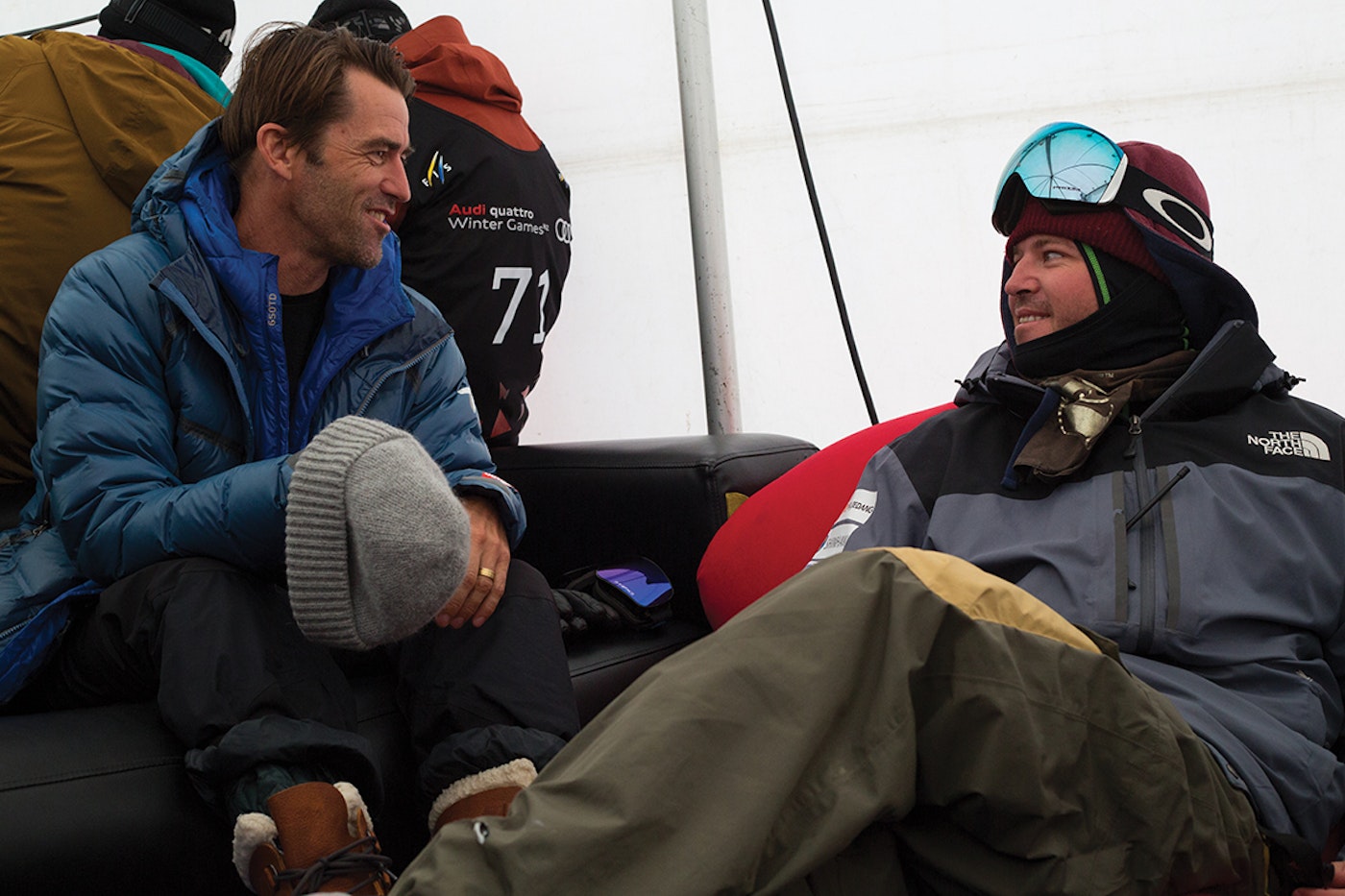
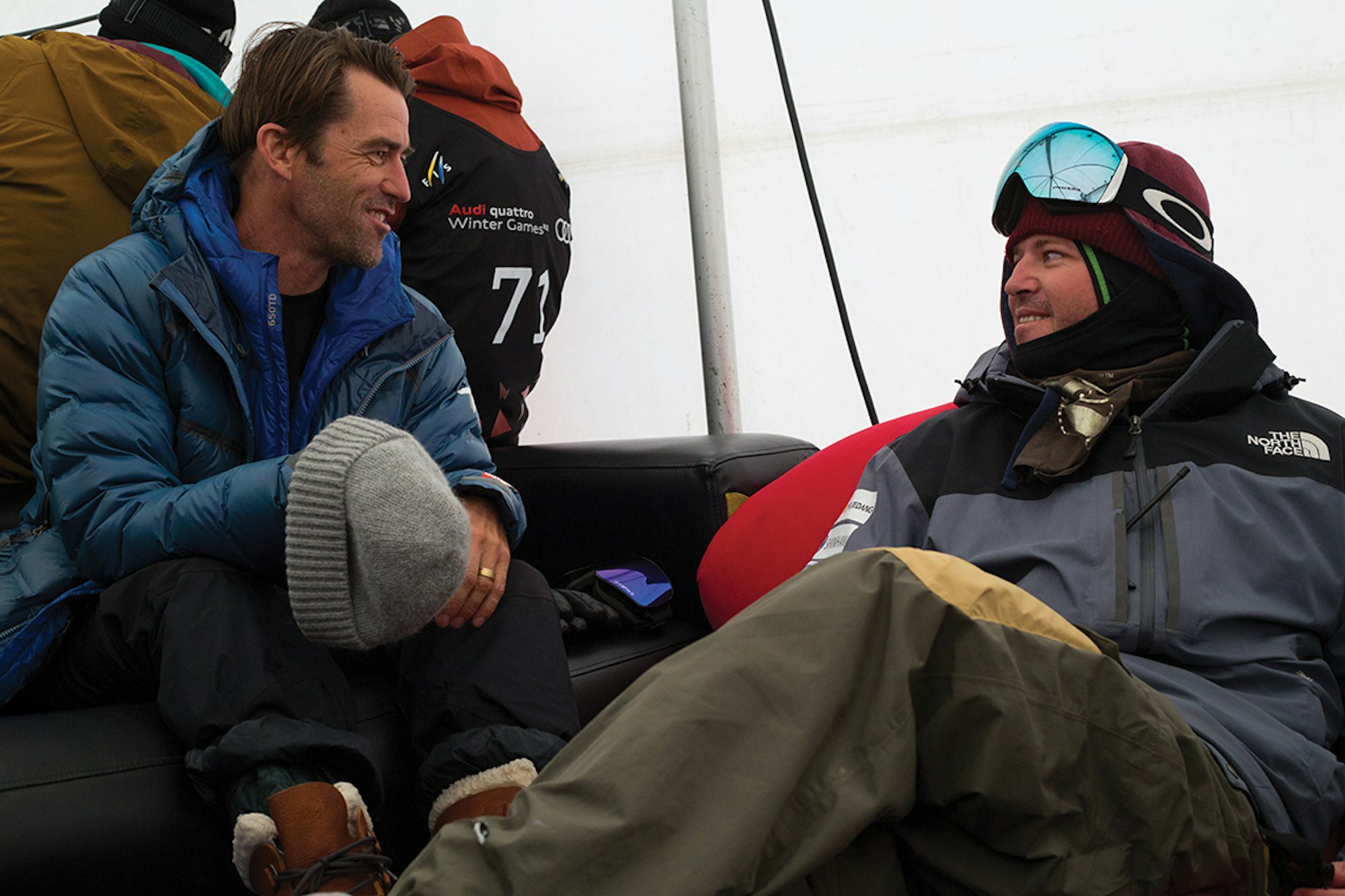
Now, the four-skier team (two women, two men) trains on snow every month of the year with Olenick, an assistant coach and a personal trainer. The crew spent three months in New Zealand last summer. Eighteen-year-old skier Kangbok Lee can land doubles in halfpipe and slopestyle and is working on his triples. His 23-year-old teammate, Kwang-jin Kim, has a double in the pipe. Slopestyle skier Meehyun Lee, 18, has the best chance of medaling—she’s already earned a World Cup “top 10” and in August, won the Australia & New Zealand Cup at Cardrona, NZ. Olenick says the slopestyle layout at Phoenix Snow Park, the ski slopestyle venue in PyeongChang, suits her. “She’s an amazing rail skier and not afraid of the high-risk rail features there,” he explains.
Along the way, Olenick has helped the team improve their English and enrich their travel experiences with everything from hikes to first-time boat rides. During off-season training at the National Training Center in Jincheon, Korea, Olenick’s team convinced him to go to Everland, the Korean version of Disneyland where they rode roller-coasters, ate ice cream, snapped silly photos, went to the zoo and a water park, too. “I was the only white person and only tall person and did not speak any Korean,” remembers Olenick.
“They were laughing at me the whole time—it was a great bonding experience. Later in the year when they were feeling out of place at a contest somewhere, we could joke about that day and it made them feel better about the situation. Now, everywhere we go, we make time to explore, go to a soccer game or do something touristy—fun stuff that we can team-build with.”
“He’s doing an amazing job,” says Trennon Paynter, head coach of the Canadian Halfpipe Ski Team. “It’s a huge challenge for anyone to make as much progress as Peter has made with an inexperienced team. And he’s succeeding with the additional challenges of learning a different culture and language.”
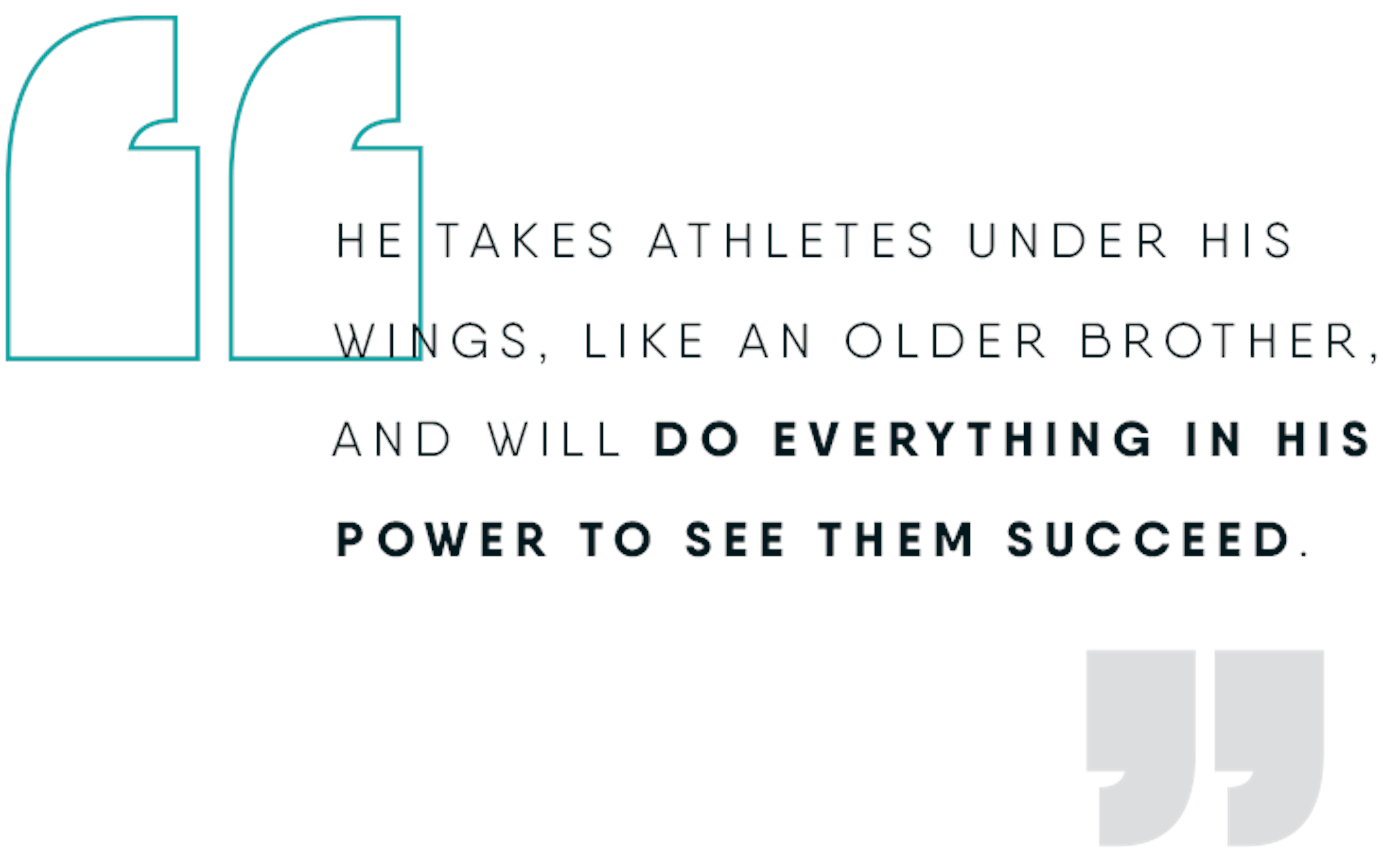
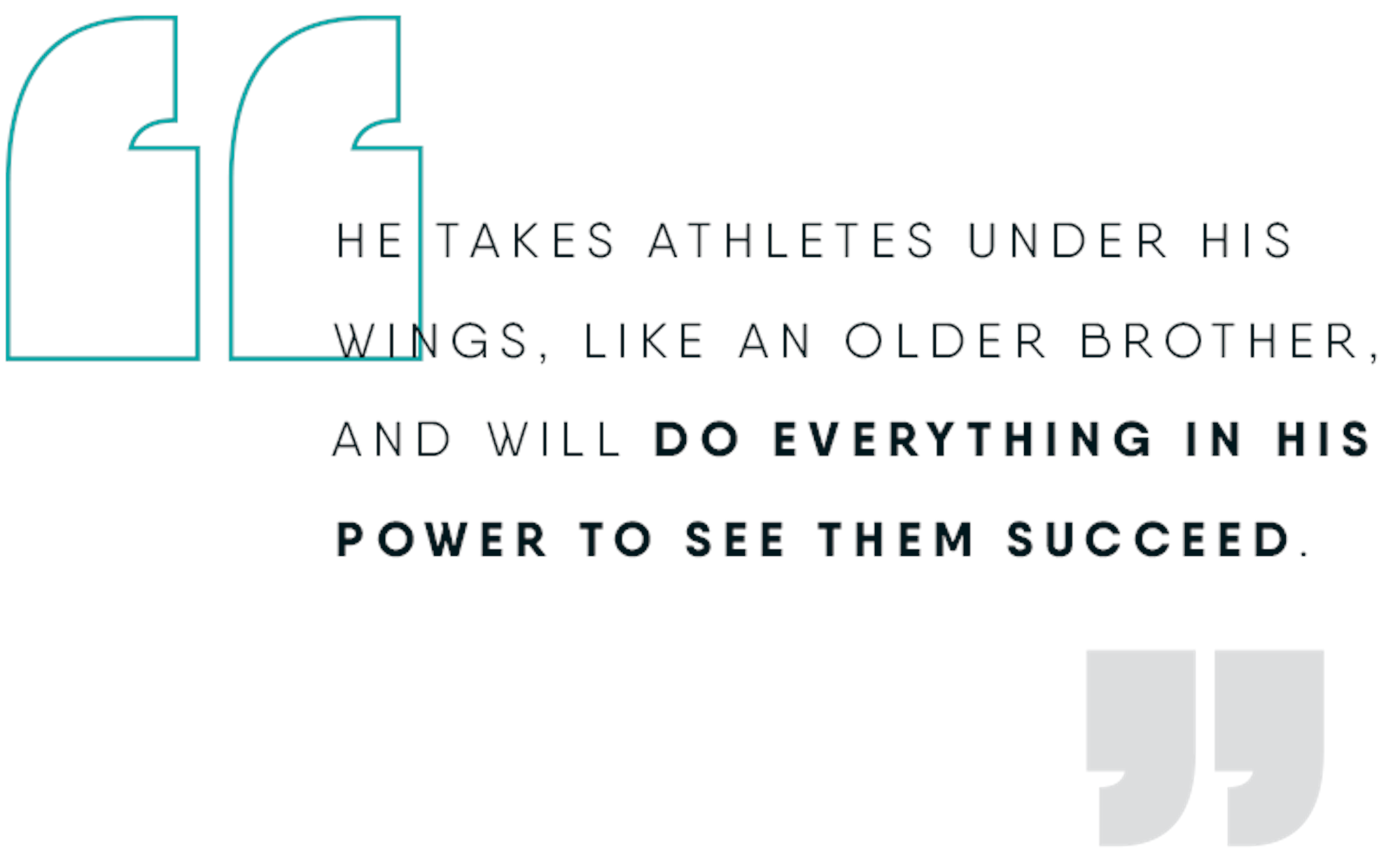
Olenick eagerly anticipates his first Olympic experience, but hopes his contributions last longer than through the closing ceremonies. “The next generations need more programs, competitions and government support at a developmental level,” Olenick asserts. “I’m a competitive person, so I put pressure on myself for my athletes to do well, but there’s also pressure to do well to keep the funding and our team going into 2022.”
Four years from February, Beijing will host the next Winter Olympics and the Chinese government hopes to covert 300 million of its citizens to skiers by then. Since the mid ’90s, China has grown its annual skier visits from 10,000 to more than 12 million. Meanwhile, one study predicted the 2018 Olympics will pump $61 billion into South Korea’s economy. Some have argued Asia’s fourth-largest economy and a population of more than 51 million provides a ripe, untapped market for winter sports. Assistant coach Changbum Ku says hosting the Games is a huge source of national pride.
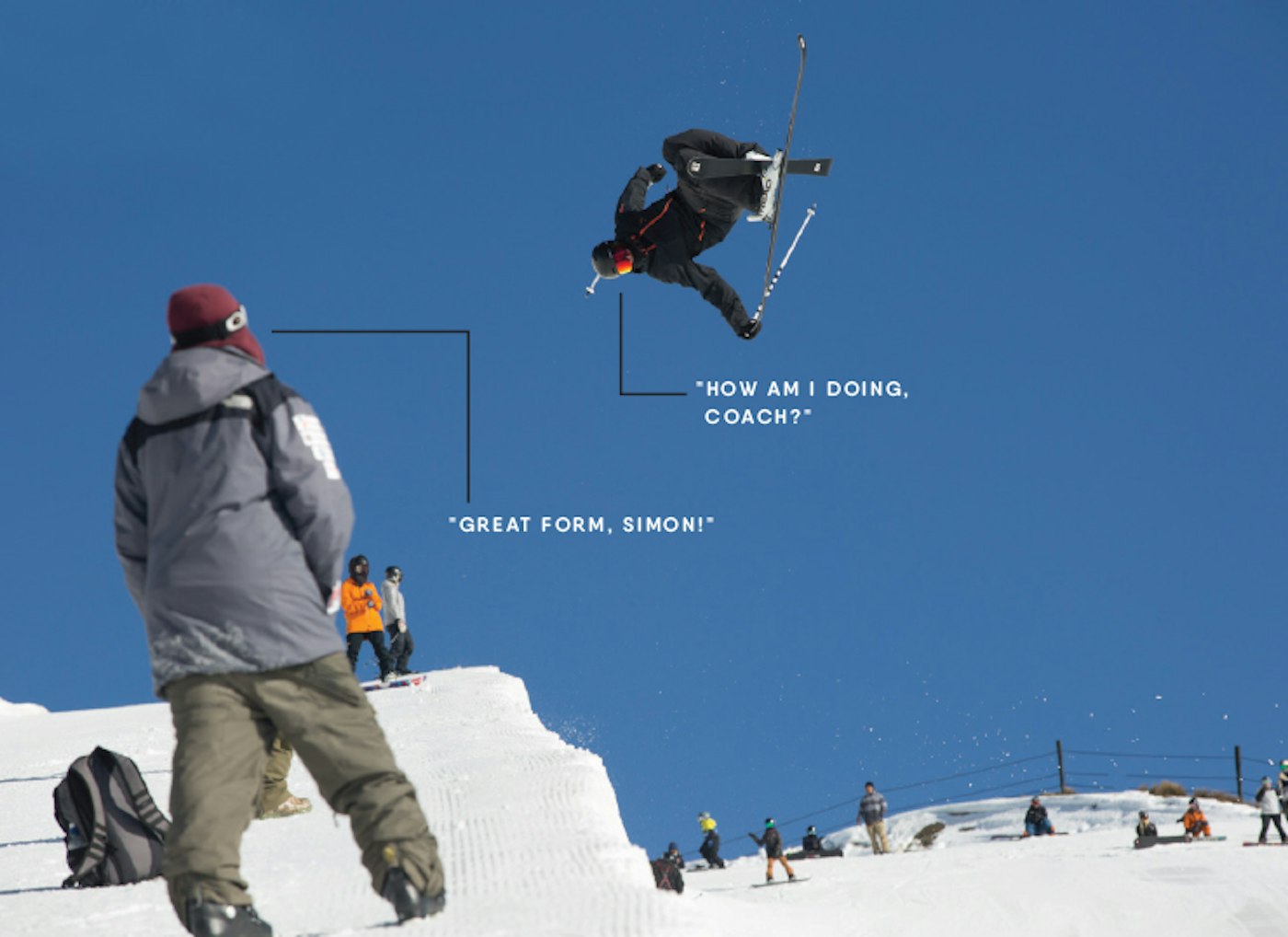
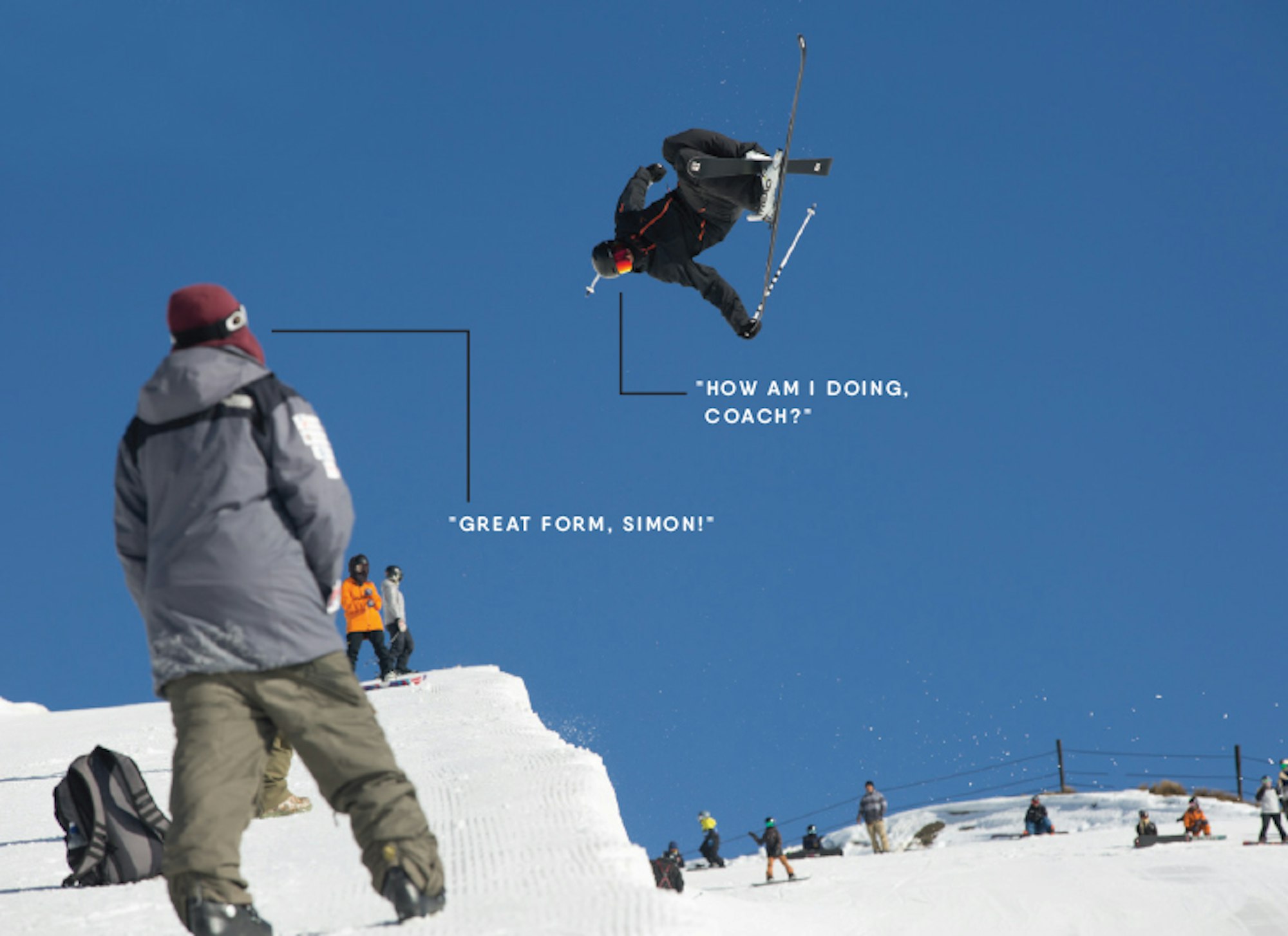
Olenick watches on as Canadian skier Simon D’Artois trains in Cardrona, NZ; captured by Brendan Mackay
“Many skiers prayed for the Olympics—it’s the best opportunity to show our sport to many Koreans and inspire other young kids to ski,” says Ku. “All of the athletes are really excited to compete at home. Also, it’s a great opportunity for the resorts to get creative with their parks and use the resources the Olympics bring in to further park skiing in Korea.”
Olenick echoes those sentiments. “I mostly want them to push themselves and lay down the best run they have ever done,” Olenick describes. “I want them to be proud, make their families proud and inspire other kids in South Korea to ski.”
Olenick-grams from PyeongChang
This story originally appeared in the January 2017 issue of FREESKIER (20.4), The Anniversary Issue. Click here to subscribe and receive copies of FREESKIER Magazine delivered right to your doorstep.

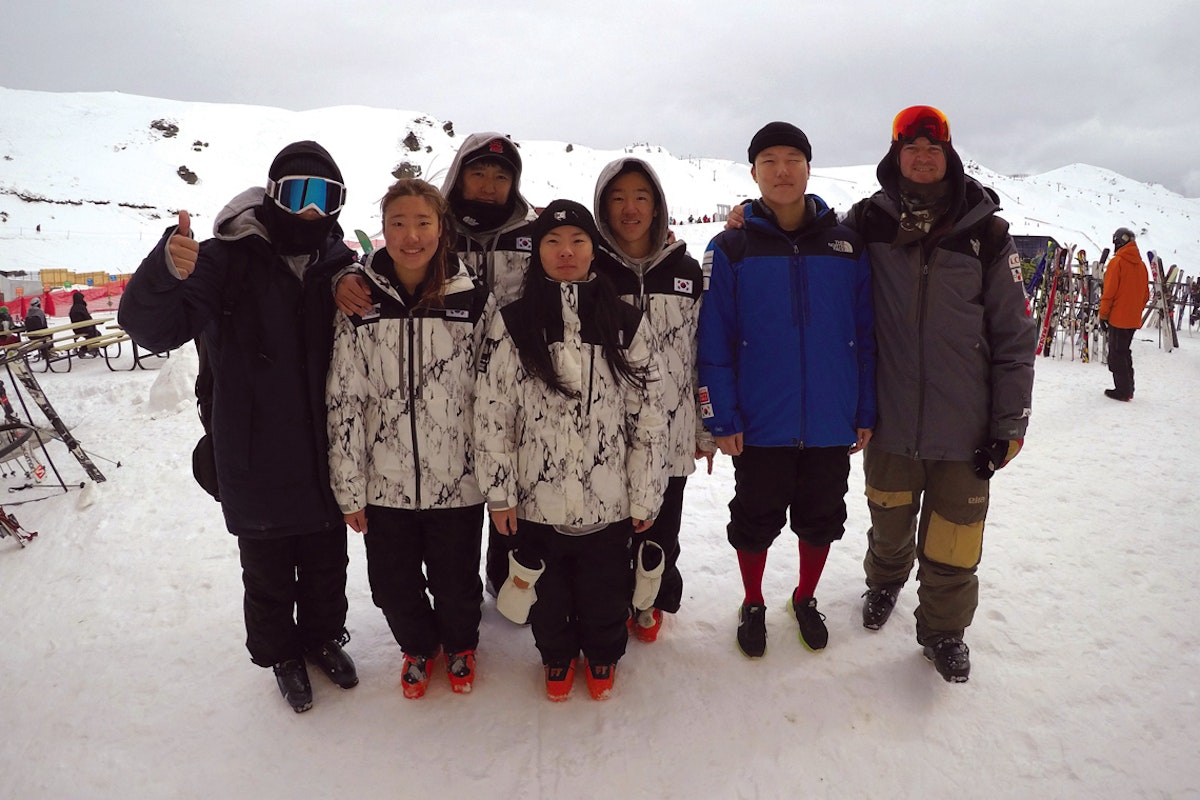


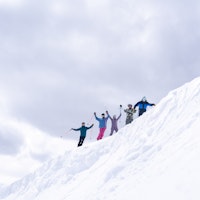
![[GIVEAWAY] Win a Head-to-Toe Ski Setup from IFSA](https://www.datocms-assets.com/163516/1765920344-ifsa.jpg?w=200&h=200&fit=crop)
![[GIVEAWAY] Win a Legendary Ski Trip with Icelantic's Road to the Rocks](https://www.datocms-assets.com/163516/1765233064-r2r26_freeskier_leaderboard1.jpg?auto=format&w=400&h=300&fit=crop&crop=faces,entropy)
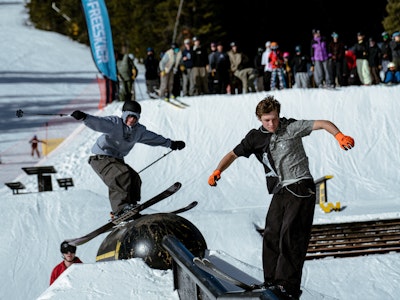




![[GIVEAWAY] Win a Head-to-Toe Ski Setup from IFSA](https://www.datocms-assets.com/163516/1765920344-ifsa.jpg?auto=format&w=400&h=300&fit=crop&crop=faces,entropy)

